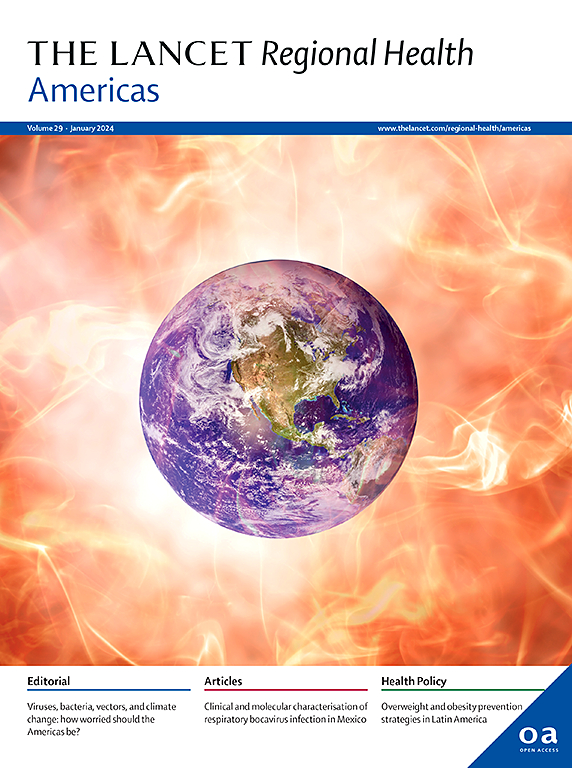Risk factors for Alzheimer’s disease and cognitive function before middle age in a U.S. representative population-based study
IF 7
Q1 HEALTH CARE SCIENCES & SERVICES
引用次数: 0
Abstract
Background
Alzheimer’s disease is a major health concern in the U.S., but most research has focused on older populations. We examined whether established risk factors and blood biomarkers are associated with cognition before midlife.
Methods
Data from the National Longitudinal Study of Adolescent to Adult Health (Add Health) were analyzed. Participants were enrolled in 1994–95 (grades 7–12) and followed through 2018. We cross-sectionally analyzed weighted survey and biomarker data from Waves IV and V. We measured the Cardiovascular Risk Factors, Aging, and Incidence of Dementia (CAIDE) score comprised of age, education, sex, systolic blood pressure, body mass index, cholesteroal, and physical activity and apolipoprotein E ε4 allele (APOE ε4) status. We also measured total Tau and Neurofilament light (NfL), high sensitivity C-reactive protein (hsCRP), Interleukin (IL)-1β, IL-6, IL-8, IL-10, and Tumor necrosis factor alpha (TNF-α). Outcomes included immediate word recall, delayed word recall, and backward digit span.
Findings
Analytic sample sizes ranged from 4507 to 11,449 participants in Wave IV and from 529 to 1121 participants in Wave V. The survey-weighted median (IQR) age was 28 (26–29) years in Wave IV and 38 (36–29) years in Wave V. About half of the survey-weighted Wave IV participants were female (48.4–52.1% across analytic samples), 71.4–72.5% were White, 12.5–14.9% were Black, and 9.3–10.2% were Hispanic. In Wave V, 43.6–46.8% were female, 68.7–69.3% were White, 17.1%–20.0% were Black, and 7.3%–9.6% were Hispanic. The CAIDE score was associated with all cognition measures in Wave IV. For example, among adults aged 24–34, each 1-point increase in CAIDE was associated with a 0.03 standard deviation lower backward digit span score (95% CI: −0.04, −0.02). Total Tau was associated with immediate word recall in Wave V (β = −0.13, 95% CI: −0.23, −0.04). Wave IV hsCRP and IL-10 and Wave V IL-6, IL-1β, and IL-8 were also associated with lower cognitive scores.
Interpretation
Key risk factors for Alzheimer’s Disease are linked to cognitive function as early as ages 24–44, highlighting the need for early prevention in the US.
Funding
NIH P01HD31921, U01AG071448, U01AG071450, R01AG057800, P30AG066615, T32HD091058, P2CHD050924.
求助全文
约1分钟内获得全文
求助全文
来源期刊

Lancet Regional Health-Americas
Multiple-
CiteScore
8.00
自引率
0.00%
发文量
0
期刊介绍:
The Lancet Regional Health – Americas, an open-access journal, contributes to The Lancet's global initiative by focusing on health-care quality and access in the Americas. It aims to advance clinical practice and health policy in the region, promoting better health outcomes. The journal publishes high-quality original research advocating change or shedding light on clinical practice and health policy. It welcomes submissions on various regional health topics, including infectious diseases, non-communicable diseases, child and adolescent health, maternal and reproductive health, emergency care, health policy, and health equity.
 求助内容:
求助内容: 应助结果提醒方式:
应助结果提醒方式:


